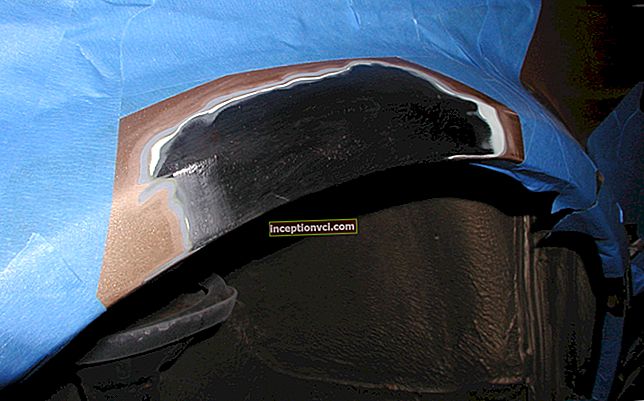Despite the fact that the first OLED TVs have been on the market in mass sales for some time, they are still "dark horses" for many of our compatriots. They look at them with interest, but not many are in a hurry to get acquainted with this advanced technology.
 Today we will take a closer look at the features and practical advantages and disadvantages of TVs with a new type of screen.
Today we will take a closer look at the features and practical advantages and disadvantages of TVs with a new type of screen.
So, OLED is an abbreviation for Organic Light Emitting Diode, which in turn means organic light emitting diode. Screens made of such diodes are already widely used in mobile phones, portable DVD players and a number of other products. Not so long ago, the technology migrated to larger-scale panels and began to be used in full-fledged television panels. This promising technology has a lot of positive characteristics, but, as usual, it was not without some drawbacks.
What's good about OLED panels?
Saving energy
All other things being equal, an OLED TV consumes almost 10 times less power than a conventional LCD panel. Perhaps today, the issue of TV power consumption is of little concern to the average user, but given the trend towards a constant increase in electricity prices, we will all have to look towards OLED panels over time.
The medal, however, has another side. The high cost of the first OLED models eliminates the potential for savings. For the difference in price between any conventional and any OLED TV, you can pay for years for the electricity consumed by all electrical appliances and gadgets in the house.
Brightness and contrast
OLED TV is capable of providing a picture with levels of brightness and contrast unattainable for other technologies. The first mass-market OLED TV XEL-1 from SONY demonstrates a contrast ratio of 1,000,000: 1 (!). For comparison: not all plasma panels can boast a contrast ratio of 15000: 1, not to mention GIT TVs.
Viewing angle
The technology delivers flawless quality with vertical and horizontal viewing angles up to 180 degrees.
Panel thickness
Light emitting diodes do not need additional illumination. As a result, panels using OLED can be thinnest on record. In the near future, 5mm thick panels will become commonplace!
Good Price Promises
Experts predict that in the near future, the cost of manufacturing OLED TVs will be much cheaper than manufacturing LCD and plasma panels. Will this affect the retail price of new TVs? - we'll see.
What makes you postpone your purchase of an OLED TV?
High price
The first models, made using the new technology, were frightened by a very high price. Not every consumer is ready to pay more than two thousand dollars for a small, even very interesting and promising TV.
Short service life
OLED panels are still outright inferior to their closest competitors in terms of element life. The fact is that organic diodes lose their properties under constant exposure to alternating current. Manufacturers have learned to "work around" this problem, but not all buyers are in a hurry to test their developments on their TV.
Either way, thin, economical and brighter OLED TVs are our near future. We really hope that the technology will quickly overcome its "childhood diseases" and for little money will enter the life of every ordinary user.
Interesting article: "TV Kivi 49UK30G: what is the Ukrainian analogue superior to top brands?"









